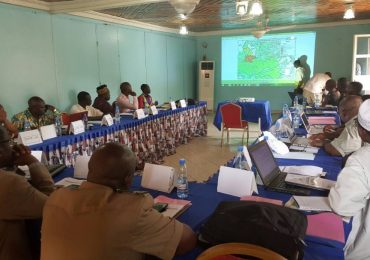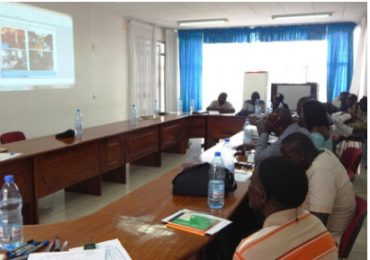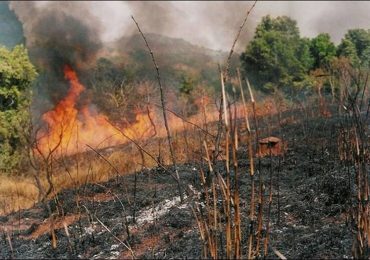Douala is Cameroon’s biggest city with a human population of approximately 3.000.000 people. At 13 metres below sea level it covers a total surface area of 210 km2. This makes the city one of the most densely populated.
By CLAUDINE
Douala harbours ramshackle houses thrown here and there; thousands of vehicles, mostly dilapidated smoky rattletraps, numerous factories, poor drainage systems, bad road networks all leading to annoying traffic jams throughout the day.
The city’s proximity to a sea port at the estuary where the River Wouri meets the Atlantic Ocean, doesn’t make it an ideal location for the implantation of factories as the area is surrounded by residential establishments such as Bonaberi, Bassa, Ndonbong, and Ndokoti.
Douala then could be said to be a city with all ingredients necessary to fuel a cauldron of massive environmental pollution. The city is home to the cement and wood processing factories, factories for the treatment of hydrocarbon waste, batteries factories, soaps and edible oil processing factories, cosmetics, fertilizers and chemical factories amongst others.
Is it surprising then that Douala is daily bombarded by piles upon piles of household waste, plastics, smelly streams of revolting refuse and unbearable noise from factories operating close to some neighborhoods?
The World Health Organisation (WHO) estimates that roughly 25 percent of the disease burden in the developing world is due to environmental factors, not forgetting the changing microclimate and degrading ecosystem.
The International Association for Impact Assessment (IAIA) defines an environmental impact assessment (EIA) as "the process of identifying, predicting, evaluating and mitigating the biophysical, social, and other relevant effects of development proposals prior to major decisions being taken and commitments made."
In this view, legislators are required to put in place laws which would favor the preservation of the environment among which is environmental impact assessment studies, which must be carried out by all industries before set up.
The purpose of the assessment is to ensure that decision makers consider the ensuing environmental impacts when deciding whether to proceed with a project.
EIAs are unique in that they do not require adherence to a predetermined environmental outcome, but rather they require decision makers to account for environmental values in their decisions and to justify those decisions in light of detailed environmental studies and public comments on the potential environmental impacts of the proposal.
Does Cameroon have laws to implement EIAs? If yes, do foreign and local industrial companies comply with the laws? If they don’t, are they reprimanded for defaulting?
Could this explain why many inhabitants of Douala suffer from unexplained skin diseases? Why the air in the city is clammy and the water undrinkable?









